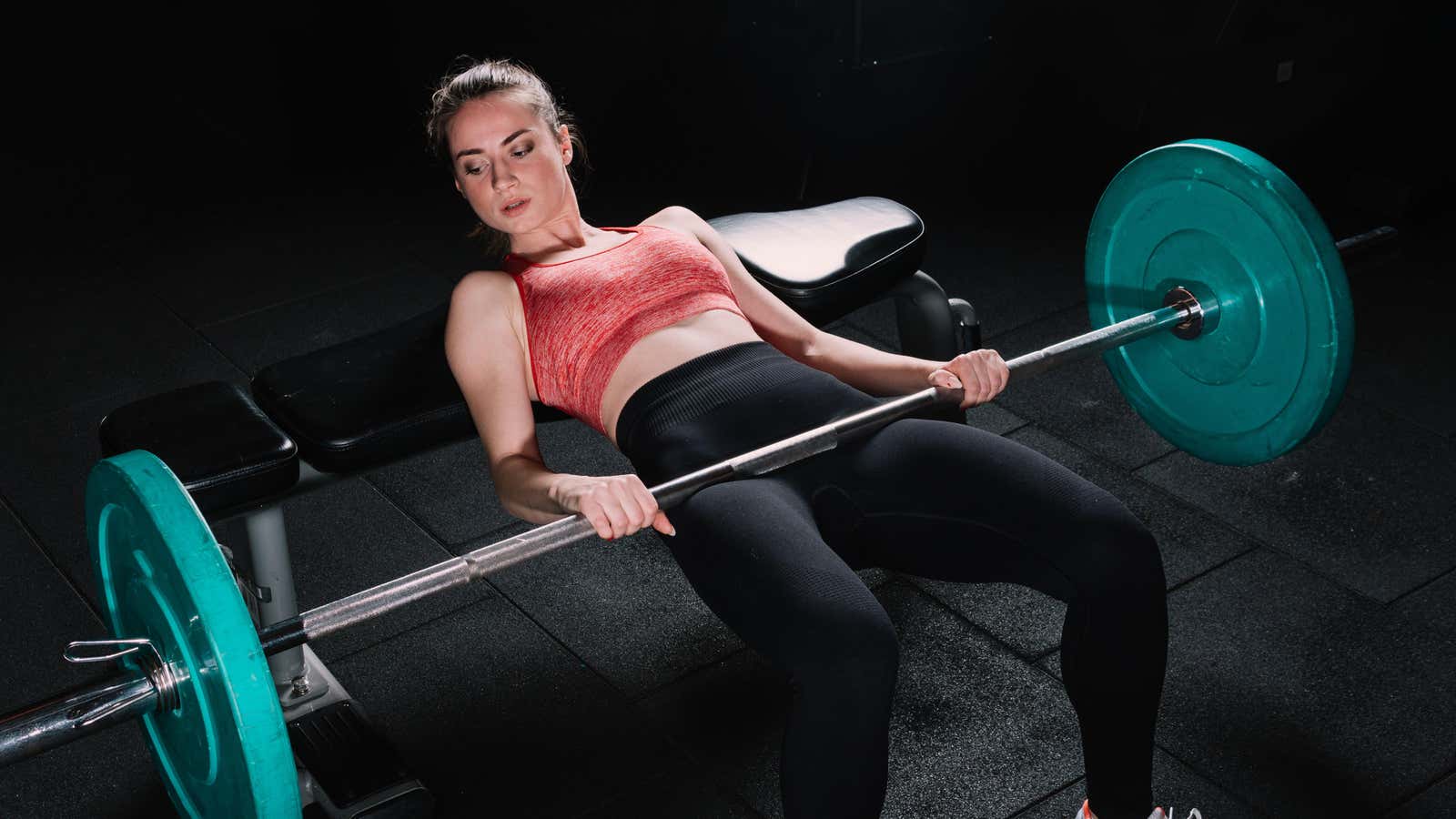What to Do If You Do Not Feel the Work of the Muscles

We lift to build and strengthen muscles, so it’s only natural that many of us find the bodybuilding approach to stepwise thinking appealing: you focus on the specific muscle you want to work and make sure you get a feel for how it works.
But what happens if you do a glute exercise but don’t feel it in your glutes? Or do you pull down but only feel it in your biceps? Here is the guide.
You can’t always feel a muscle, even if it’s working.
Here’s the most important thing to know: You don’t need to feel the muscle for it to work. Let’s say you’re doing pull-ups: your lats are working whether you feel them or not. The lats are the muscles in your upper back that bring your arms closer to your torso, so pull-ups simply aren’t possible if your lats aren’t involved.
Or do squats. Barbell squats engage your quads, glutes, and a host of other muscles. But when you do heavy squats, your brain processes a lot of information. This is the feeling of the weight of the barbell on your back. It is the memorization of technical signals that you are trying to focus on. It’s attention to your balance as you descend, to make sure you don’t tip over one way or another. It’s counting the number of repetitions in your head. Maybe sometimes some muscle manages to say, “Hey, I’m your quadriceps, and I’m in a little pain right now.” But your brain doesn’t have time to listen to the nonsense of every muscle, just like a mom cooking dinner doesn’t have time to listen to her baby’s every whine. He is busy making sure you complete the rep.
I like to think that some muscles work “louder” than others. If I do kettlebell swings, I may be more focused on the fact that my forearms are on fire (from holding the kettlebell) and not feel the glutes work at all. But after 100 swings, oh my god, I bet my ass will feel like jelly after that. It just didn’t give me that burning sensation at that moment .
When it matters if you feel the burn and when you don’t
So what to do if you do not feel the work of the muscles? You are looking for another way to make sure the muscle is working. In the case of the complex exercises mentioned above, the fact that you completed the exercise is all the information you need. Your pull-ups used your lats. Your kettlebell swings and your squats used your glutes. It’s simply impossible to bypass it.
Does it always matter if you feel the muscle? Yes, it can help if you are doing isolation exercises. In these exercises, such as bicep curls or leg extensions, you are trying to focus the movement on one muscle or a small group of muscles.
For example, let’s say you’re doing side leg raises to work your hip adductors and especially your glutes. If your legs are slightly tilted forward, you can feel the muscles in the front of your thighs working. But if you do the same exercise with your back to the wall, sliding your heel along the wall as you lift your leg, you will feel much more in the glute muscle you are trying to isolate.
As a rule, for complex exercises (where many muscles work at the same time) it does not matter if you feel the muscle. But if you’re doing an isolation exercise, muscle sensation is useful feedback to make sure you’re isolating the right muscle.
What not to do
There is a lot of bad advice out there, and I would like to highlight one in particular: the advice to reduce the weight you lift so you can feel your muscles better. Sometimes people say it’s important to build a “brain-muscle connection”.
But you don’t have to give up barbell weight to build that connection. If you want to spend more time feeling your muscles, do isolation exercises during your warm-up. (Sometimes referred to as “activation” exercises.) You can also do extra isolation work at the end of your workout, just to give those particular muscles a little more volume.
It is important to remember that different parts of your workout have different goals. If you squat with a lot of weight, you need to put some damn weight on the bar to keep building your squat strength and skill. Often the exercises that make it hardest to feel a muscle are the movements that work that muscle the most! So don’t give up on hard, effective exercises just because you don’t “feel” them as well as isolation or warm-ups.